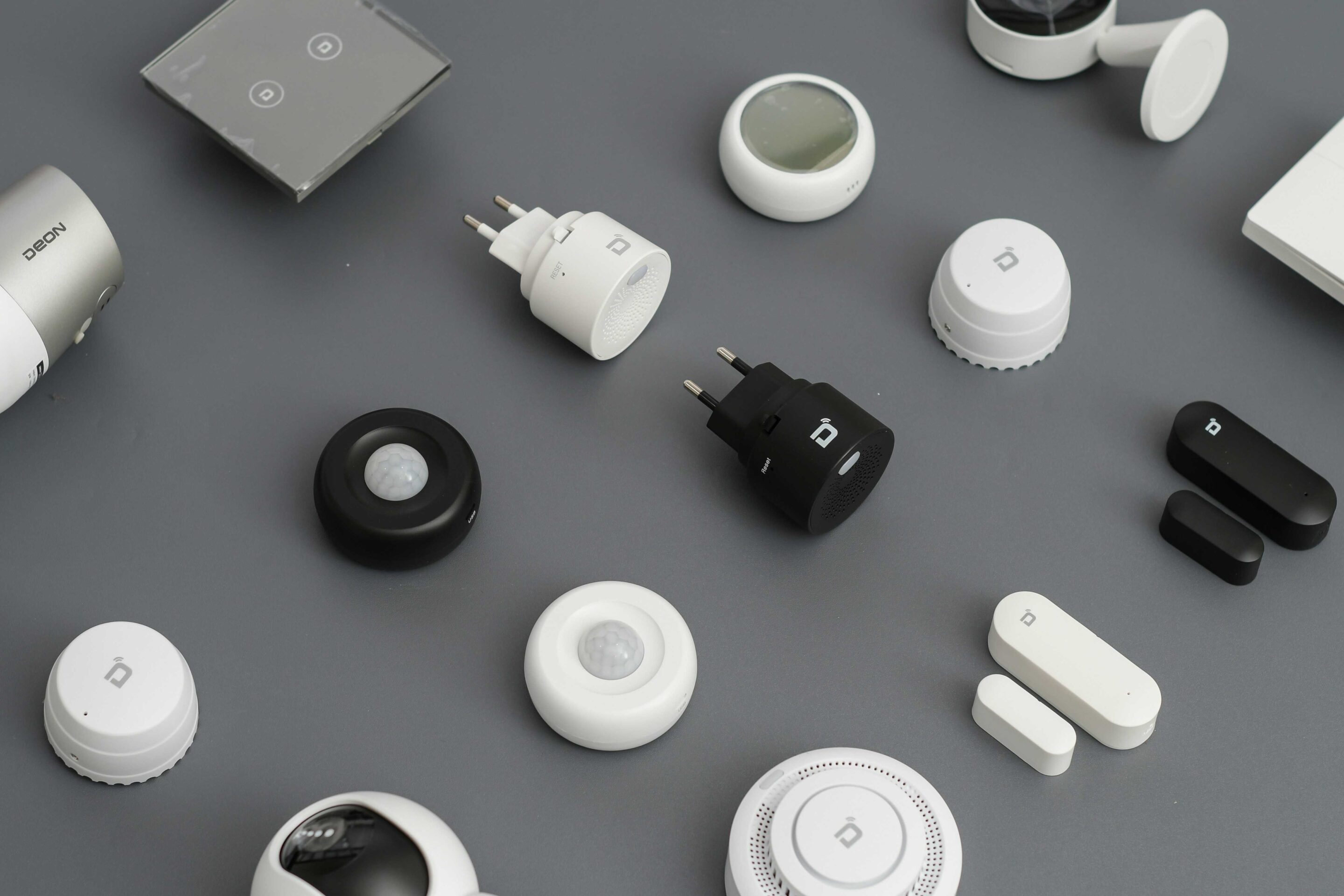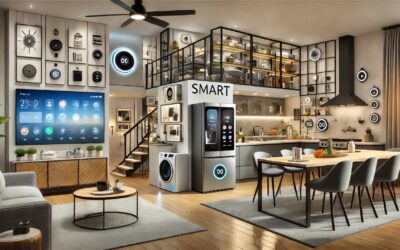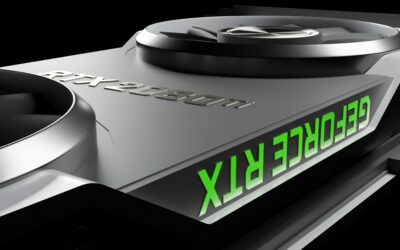Smart Home Technology in 2025: The Future of Living Starts Now
Welcome to the age where your home thinks, acts, and responds to your needs. Discover what’s new, what’s next, and how to future-proof your life with smart home technology in 2025.
What Is Smart Home Technology?
Smart home technology refers to a network of interconnected devices and systems in your home—controlled via smartphones, voice commands, or automated routines. From smart thermostats to AI-powered assistants, these tools optimize daily tasks, improve security, save energy, and make life easier.
In 2025, we’re witnessing a dramatic shift: the Matter protocol is becoming the new universal standard, allowing devices from Apple, Google, Amazon, and Samsung to work together—seamlessly.
Core Components of a Modern Smart Home
1. Smart Hubs & Controllers
Examples: Google Nest Hub, Amazon Echo, Apple HomePod.
Purpose: Centralized control of all devices.
2025 Insight: Matter is unifying ecosystems.
2. Smart Lighting
Use Cases: Motion-activated lights, mood presets, voice-controlled ambiance.
Top Picks: Philips Hue, LIFX, Nanoleaf.
3. Smart Thermostats
Devices like Nest Learning and Ecobee can save up to 20% on energy bills with AI-powered automation.
4. Smart Security Systems
Features include facial recognition, biometric access, and live monitoring.
Devices: Ring, SimpliSafe, Arlo, Wyze.
5. Voice Assistants
Examples: Alexa, Google Assistant, Siri. Control your entire home via voice or app automation.
How Smart Homes Work (Simplified)
Smart homes use IoT devices connected via Wi-Fi, Zigbee, Z-Wave, or Thread. These devices work through a central hub or app. Automation + AI enables actions like:
- Turning off lights when you leave
- Adjusting heating based on your behavior
- Real-time security alerts on your phone
2025 Upgrade: Predictive automation, Matter compatibility, and ultra-fast Wi-Fi 7 are setting new standards.
Benefits of Smart Home Technology
- ✔️ Energy Efficiency
- ✔️ Enhanced Security & Surveillance
- ✔️ Comfort & Accessibility
- ✔️ Cost Savings
- ✔️ Peace of Mind with Remote Control
Stat: Energy.gov shows smart thermostats can cut heating costs by 10-12% and cooling costs by 15% annually.
Trends of Smart Home Technology in 2025
- 🚀 Matter Protocol: Device interoperability standard
- 🧠 AI-Powered Home Routines
- 🔋 Smart Energy Storage & Solar Integration
- 🌐 Wi-Fi 7 + Ultra-Wideband (UWB) for faster response
- 🧍 Human Presence Detection via radar (no cameras needed)
How to Set Up a Smart Home (Beginner-Friendly Guide)
- Choose Your Ecosystem – Start with a hub (Alexa, Nest, or Siri).
- Prioritize Core Needs – Security, lighting, comfort, and automation.
- Automate Routines – Set up “Good Morning” or “Away Mode”.
- Future-Proof with Interoperability – Choose Matter-certified devices.
Privacy & Legal Considerations
Smart devices collect data. In 2025, protect yourself with:
- Encryption – Look for devices with end-to-end encryption
- Compliance – Ensure devices are GDPR and CCPA compliant
- Security Settings – VPN, passwords, guest access limits
Pro Tip: Use a VPN-enabled router to protect your entire smart ecosystem.
Who Should Get a Smart Home Technology in 2025?
- 🧓 Seniors – Voice commands, health alerts, fall detection
- 🏠 Renters – Easily transferable devices, energy-saving perks
- 👪 Families – Smart locks, parental control, surveillance
- 🌍 Eco-Friendly Users – Monitor and reduce energy/water use
Future of Smart Homes: What’s Coming?
- AI Home Managers (virtual butlers)
- Digital Twins of Homes (3D control via AR/VR)
- Blockchain-Based Device Authentication
Forecast: By 2030, over 70% of homes in developed countries will integrate smart features.
FAQs
Is smart home technology expensive?
No. Starter kits now begin at under $150 and are scalable as your needs grow.
Can smart homes be hacked?
Yes, but risks are minimized with encrypted devices, firewalls, and firmware updates.
What’s the best device to start with?
A voice assistant paired with smart lighting is the most accessible and functional entry point.
Final Thoughts
Smart homes are not just about convenience—they represent a shift in how we interact with our living spaces. The technology is accessible, sustainable, and future-ready.
“Smart homes don’t just save time—they elevate how we live.”






